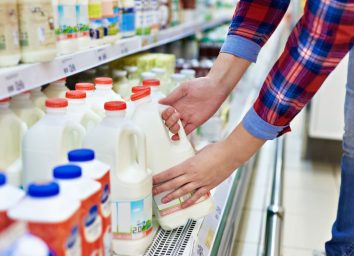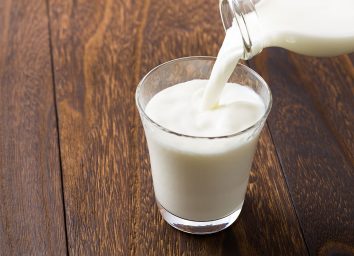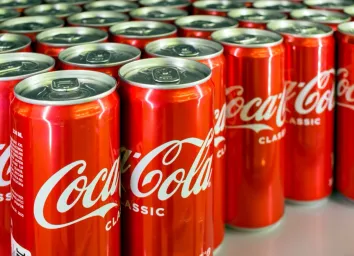7 Controversial Secrets Milk Brands Don't Want You to Know
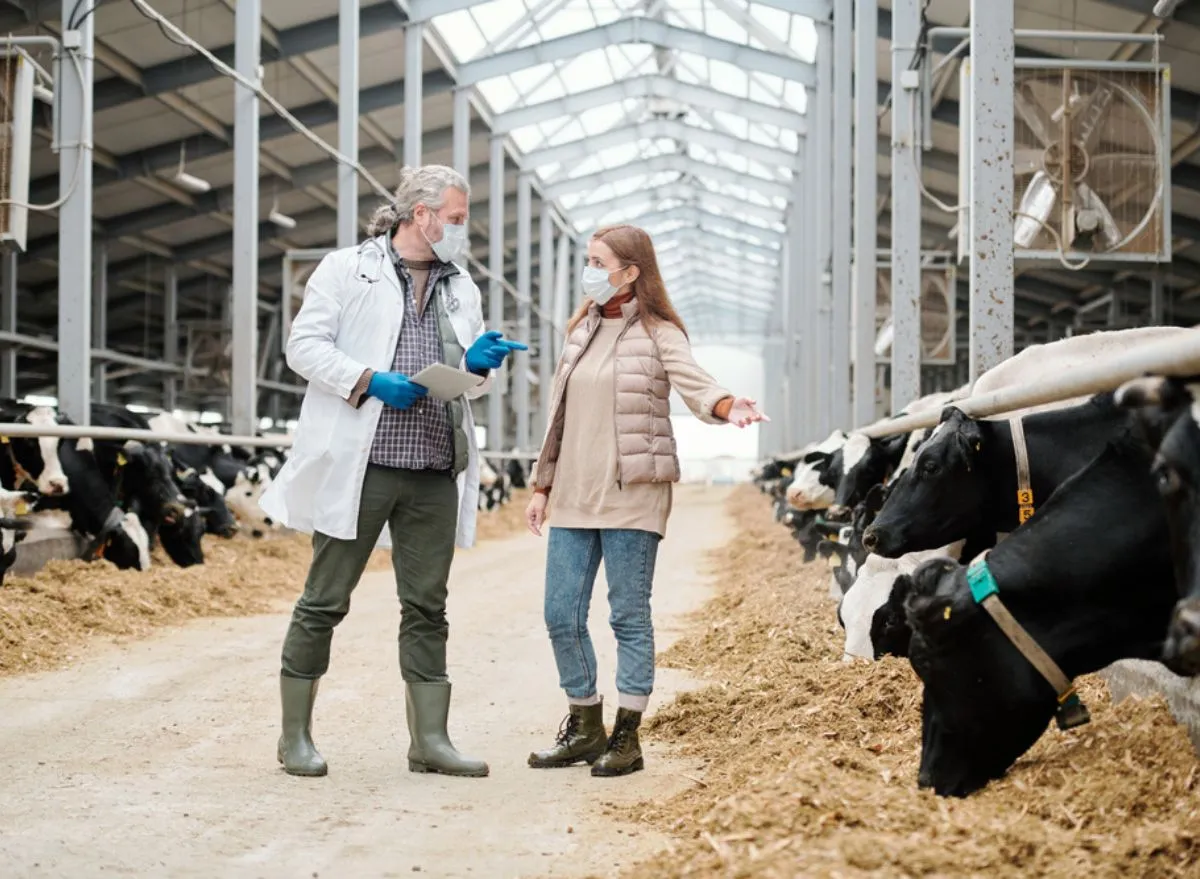
Remember those "Got Milk?" commercials and print ads that used to pop up everywhere in the 1990s? You'd be at home watching TV and suddenly your favorite celebrity would appear on the screen urging you to drink more of the creamy beverage. Back then, it seemed like each day began with a big bowl of whole milk and cereal and ended with a glass of chocolate milk… but times have changed.
Dairy has been declining in popularity in recent years. Whether it's due to health concerns, lactose intolerance, climate change woes, how the dairy industry is treating animals, or all of the other plant-based options now available on grocery store shelves, the list of reasons for why people are giving up milk is getting longer. And milk brands haven't been doing themselves any favors by trying to keep some realities about their industry a secret.
Here are eight controversial secrets milk brands probably don't want you to know. And next, don't miss the 8 Worst Fast-Food Burgers to Stay Away From Right Now.
The industry is in turmoil
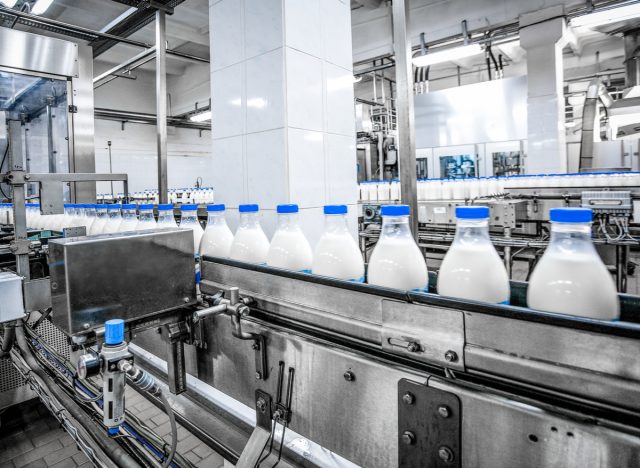
As milk's popularity dwindles, so does the number of dairy farms in the U.S. According to reports, there were 2,550 fewer licensed dairy farms in 2020 compared to 2019, and the number of dairy operations have plummeted from 70,000 in 2003 to 31,657 in 2020 (that's more than a 55% decline in under twenty years).
Although the number of dairy farms has gone down, the amount of milk being produced has gone up. This is because small, family-owned farms are being replaced by huge farm corporations, that work with a few thousand cows instead of just a small herd. This shift is impacting mom-and-pop dairy farms all throughout the country.
Dairy prices have risen exponentially
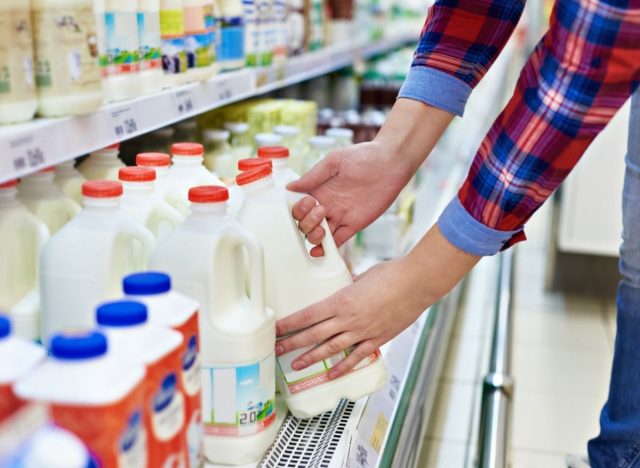
Don't expect to get any deals when it comes to milk—the price has risen sharply over the past few years. In fact, wholesale milk prices have increased nearly 38% since last year, with the retail price for whole milk climbing 15 percent.
The rising cost of milk has also trickled down to affect the prices of butter and cheese as well.
Dairy farmers often have to dump milk because they can't sell it
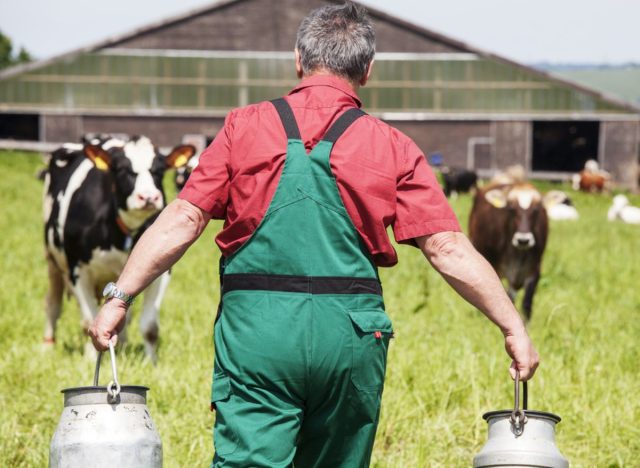
You may have heard about how dairy farms had to dump excess milk that couldn't be sold during the pandemic because of the closures of many businesses (like schools and hotels) that would otherwise buy it in bulk. But what you may not know is that this is a common practice in the industry.
The Wall Street Journal reported that in 2016, America's dairy farmers dumped 43 million gallons of excess milk in just the first eight months of the year. Although some farmers donate their excess product to organizations, such as Meals on Wheels, often, there is simply too much supply.
Dairy marketing firms work with fast-food restaurants to develop milk-heavy menu items
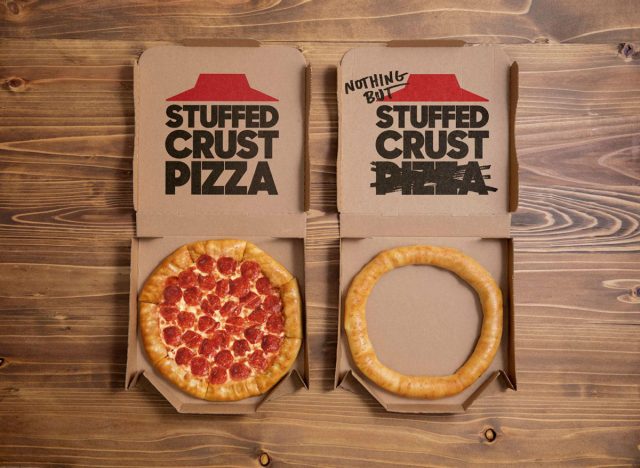
Creamy smoothies from Starbucks, double cheese pizzas from Pizza Hut, cheesy quesadillas from Taco Bell—these milk-heavy menu items aren't just a coincidence. In reality, a government-funded commodity checkoff program, known as the Dairy Promotion Program, helps promote dairy.
Its marketing arm, Dairy Management Inc., works closely with restaurants to create more dairy-focused items for their menus. For example, the program worked with McDonald's to introduce 27 new dairy items in 2016. It also helped Domino's develop its stuffed crust pizza and worked with Taco Bell to create its double steak cheese quesadilla. Dairy Management Inc. is even behind the "Got Milk?" commercials and print ads.
Making milk is not good for the environment
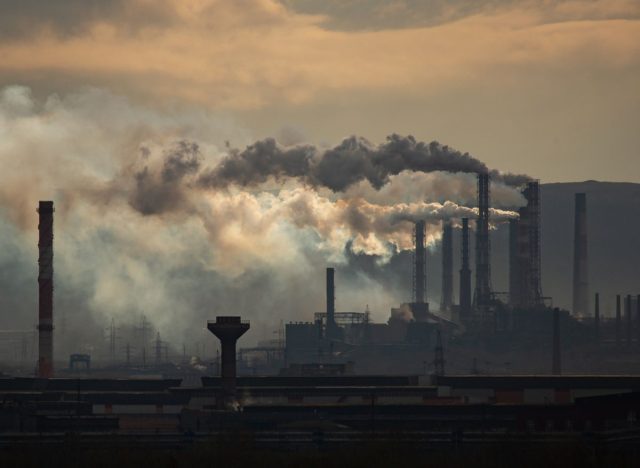
Studies have found that dairy farms contribute to greenhouse gas emissions, which have negative effects on our planet, including accelerating climate change and causing smog and air pollution. Other effects of greenhouse gas emissions include extreme weather and an increase in wildfires.
The dairy industry is working on reducing its carbon footprint, but it still has a long way to go.
Milk farming can be cruel to cows
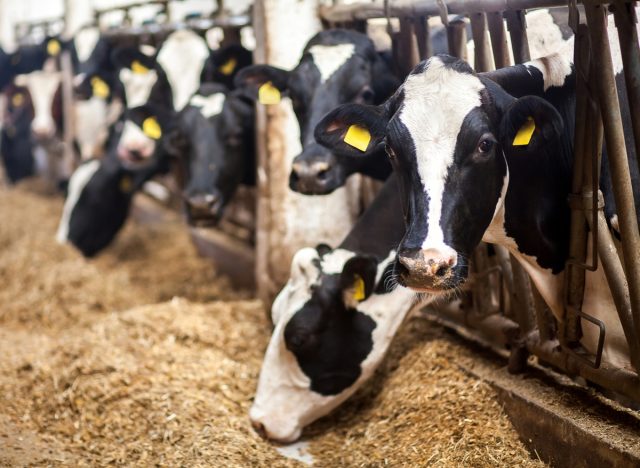
The dairy industry has been under fire for years because of its reported mistreatment of animals. While a very small percentage of dairy cows are treated well, the majority are not.
According to a report by The Humane Society, dairy cows are often held in cramped stalls, repeatedly impregnated, and then sold or killed once their milk production declines as a result of the high energy demands necessary to continuously produce milk. (Male cows, in particular, may not make it past 5 years old). As of 2021, over 9 million cows are utilized for milk production in the U.S. alone, according to the USDA.
Milk has been linked to certain diseases
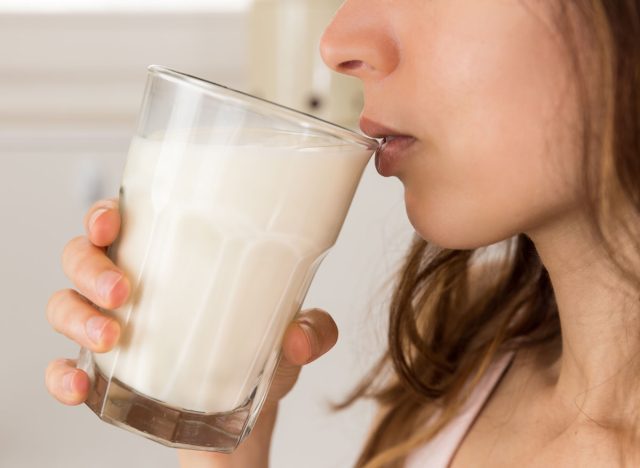
Milk often contains hormones and sugar, as well as a lot of saturated fat. According to the Physicians Committee of Responsible Medicine, dairy products are the number one source of saturated fat in the American diet, which has been linked to heart disease, type 2 diabetes, and Alzheimer's disease. Reports have also shown a connection between consuming dairy and breast cancer and prostate cancer.
It's worth noting that although some research supports the link between milk and certain diseases, experts say there are still benefits of drinking it. Before you make a decision to cut or add this drink to your diet, it's important to consult with your doctor to determine what's right for you.

